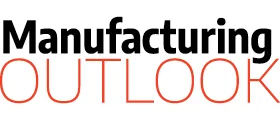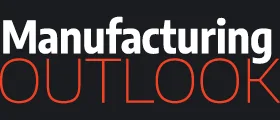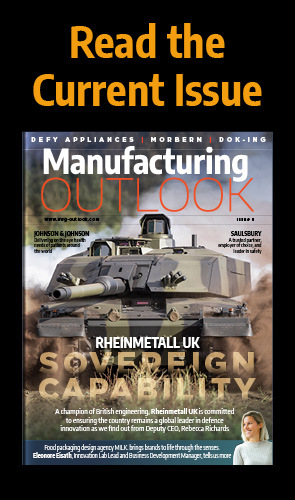As greater global demand creates a pressure to produce products quickly, Hooi Tan, President of Global Operations and Supply Chain for Flex, explains how advanced manufacturing technology helps shorten time to market.
DRIVING THE PRODUCT LIFECYCLE FORWARD
Transforming an idea into a product is complicated, so doing it on a large scale is a huge challenge. From ideation to prototyping, engineering, assembly, reverse logistics, and everything in between, mass manufacturing is a complex process.
However, according to the most recent Eurostat data, production of manufactured goods continues its upward trend with a five percent increase in 2022, following an eight percent increase in the previous year. Similar trends span the globe, with consumer spending and interest in durable goods increasing in many countries, especially during busy seasons.
Surprisingly, it’s not just consumer demand that’s making an impact; the COVID-19 pandemic showed how quickly health systems can request highly regulated medical devices like ventilators and oxygenisers.
To keep up with the increasing demand, manufacturers are accelerating time to market with quicker ramps, less waste, and greater efficiency. However, this task becomes even more challenging for certain product categories.
The product life cycle for consumer goods is already short, with rapid changes happening annually and sometimes even monthly. While highly regulated industries, such as medical and automotive, move slower, they are also in high demand. Many leading manufacturers are investing in Industry 4.0 technologies to address these challenges and help create smart, efficient, and sustainable factories.
For organisations looking for support in every facet of the product life cycle, there are some ways advanced manufacturing technology can help.
INNOVATE AND IDEATE
Turning a vision into a viable product requires a mix of art and science. Before moving forward, organisations need to consider design plans, production strategy, and materials.
Simulation and modelling technology are two innovations that can help check for product viability and potential pitfalls during these early stages. By modelling and simulating the product virtually, organisations can improve on the time and money required to build and test the product in the real world. This type of innovation can also help identify high-risk components or parts before a product even exists.
The next step is to shorten the time to market with a working prototype. This step requires the right mix of know-how, advanced software, and production capabilities.
Additive manufacturing solutions have become incredibly important in this stage. Rather than leveraging legacy production solutions, which often require the removal of materials through milling, carving, or other means, additive manufacturing enables engineers to quickly create a prototype leveraging computer-aided design (CAD) software or 3D object scanners. 3D printing and rapid prototyping serve as an incredibly cost-effective and fast way to deliver a product in its first tangible form.
Additionally, the use of additives enables teams to quickly test the design before it goes into mass production, where potential errors can be detrimental.
BUILD, PRODUCE, AND DELIVER
Once a product is ready for prime time, the factory must be too. Ensuring a facility is using the latest automation and digitisation solutions can reap massive benefits in the long run.
Smart automation and robotics can help streamline repetitive assembly tasks, reduce variability, and lower the possibility of errors, while increasing safety and freeing up human workers for more valuable work. These machines can also exchange information using machine-to-machine (M2M) communications to improve coordination, thereby boosting performance, lowering downtime, and raising productivity while reducing costs.
With production running at full steam, organisations come to the final leg of the product journey, where the focus shifts to fulfilment, distribution, logistics, and aftermarket support. At this stage, keeping up with constantly changing dynamics, shortages, and repairs can be one of the more complex steps.
More from Manufacturing Outlook
Real-time visibility in transport networks, orders, and returns becomes paramount at this stage; therefore, a strong digitisation plan is fundamental. Distributed digital technologies are used by leading manufacturers to act as a 24/7 decision-making system on factory floors around the world. These systems can integrate feeds from various sources, including factory machines, supply chain feeds, and even global news media, turning insights into actions to navigate a crisis.
While this overview provides a high-level snapshot of what it takes to create a product at scale, it is not always this simple, as challenges can pop up on any line at any time. Industry 4.0 technologies represent a much-needed step forward that helps alleviate costly mistakes that can delay production.
However, the real importance will always be the knowledge of the workers and managers on the factory floor. Technologies can free up time, increase safety, and improve decision-making. Still, it’s the real-time, human-level problem solving that drives the most value and ensures that deadlines are met, products are produced, and contracts are fulfilled.





























